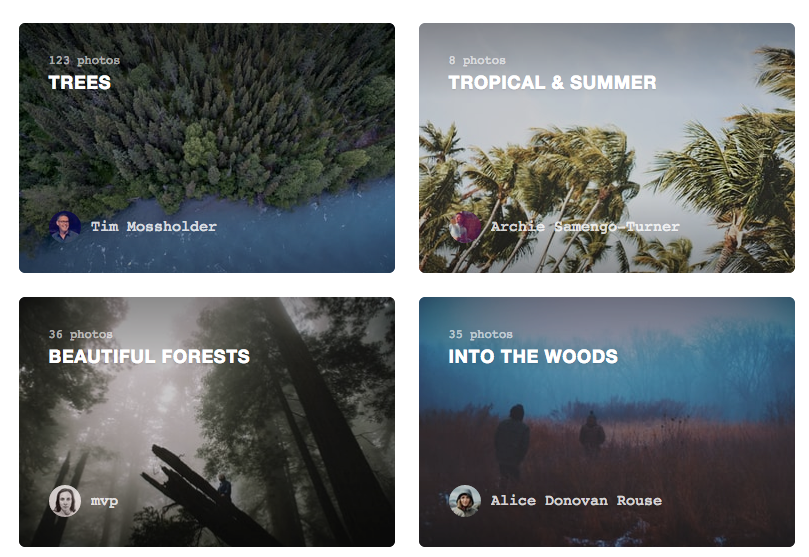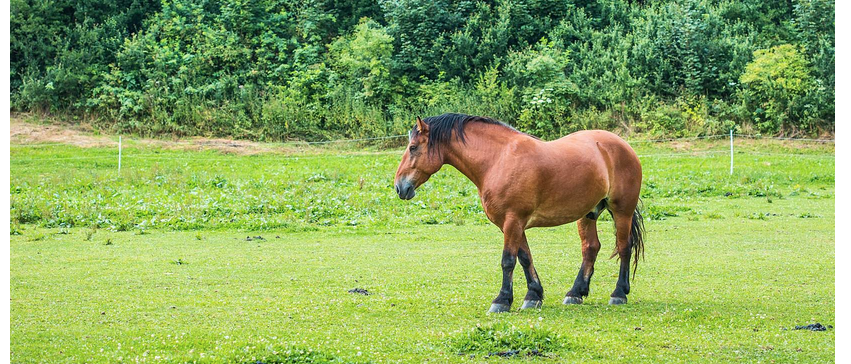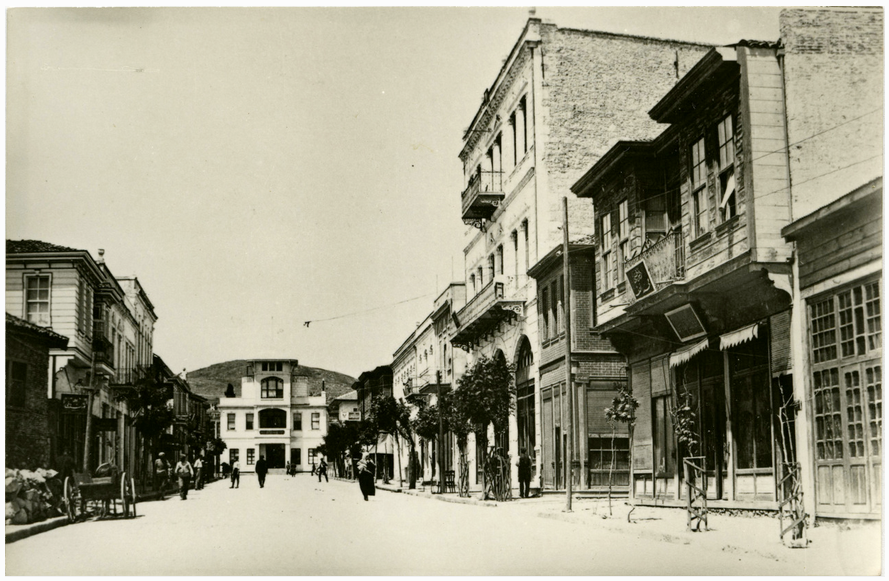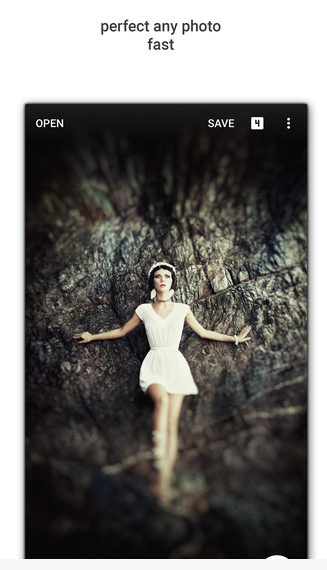Do you include high quality images in some or all of your social media updates? How about your blog content?
In the past, I’ve talked quite a bit about how to create graphics for social media sites. I strongly believe that the use of images in blog posts is beneficial for two reasons:
- It gives you the opportunity to provide more information, such as through infographics and screenshots.
- It helps improve audience engagement, thus keeping readers on your blog for a longer period of time.
With all this in mind, it’s only natural that I continue to receive the same question on a regular basis: where can I find images to use on my web site and social media platforms?
This is a good question. It’s also one that has many answers.
In this post, I’ll provide information on 10 tools for finding high quality images that can be used both on your web site and in updates on social media sites. You probably won’t use each one, as most people eventually settle on a couple that suit them best. Even so, it’s good practice to compare all of your options.
Let’s take a look at the list!
1. Pixabay
What would you do with access to a catalog of more than 750,000 free stock photos?
When it comes to finding images for your blog and social platforms, there aren’t many services that offer more than Pixabay.
There’s a lot to like, including the fact that you can run a fast and efficient search, right from the homepage:
Once you enter your keyword and begin your search, the results will knock you off your feet.
For example, a search for “content marketing” returns 40 images. This isn’t a lot, but that’s because the topic doesn’t lend itself well to a large number of images. Even so, you’re likely to enjoy both the selection and the quality.
One thing I like to do, when using Pixabay, is experiment with the many types of search criteria:
For example, if you need a particular image size for a blog post, you can easily enter your parameters and save time.
Pro tip: Pixabay is good for more than just images. You can also search for vector graphics, illustrations and videos.
2. Unsplash
It’s not the most advanced photo library and it definitely doesn’t have the most available images. Even so, Unsplash remains a favorite, among bloggers and social media professionals.
With its “do whatever you want” license, you never have to worry about copyright issues. Thanks to its Creative Commons Zero, post editor approach, “you can copy, modify, distribute and use the photos for free, including commercial purposes.”
Just the same as most services on this list, the fun begins when you run a search. From there, you’re presented with a breakdown of your findings:
As you can see, a simple search for “trees,” turns up 2,700 photos from 1,300 collections. It also shows the number of users who have uploaded these photos.
If you want to dig deep for related images, click the “collections” button. This will take you to another page:
From here, you can check out images from collections submitted by particular photographers.
Pro tip: use the “new” search, at the top of the page, to find the latest photos released on Unsplash.
3. Gratisography
While the name itself is cool, the real fun begins when you begin to search for that perfect photo.
When it comes to image quality, Gratisography is definitely at the top of the industry. Every service on this list provides high quality images, but Gratisography takes this to the next level. It only takes one search to realize that this is the case.
Since all of the pictures come from the same photographer, you won’t have access to the largest library. Even so, what Gratisography lacks in quantity it more than makes up for in quality. Here’s an example:
Not only is the subject unique, but the color and quality is second to none. If you want to search for images, with no quality concerns, you should start here.
Pro tip: use one of the suggested search phrases, such as people or animals, to help you get your feet wet.
4. Life of Pix
There’s a lot to like about Life of Pix, including the following:
- All photos are high resolution.
- All photos are free to use.
- New photos are added weekly.
With those three things in mind, it’s easy to see why Life of Pix is a big hit. I’ve found it to be a great place to find images for social media sites, especially for Facebook.
The biggest issue with this service is a lack of photos. You aren’t going to find hundreds or thousands of options for each search. What you will find, however, is that every photo meets the highest of quality standards.
In my opinion, this isn’t a service that you’ll turn to every time you need a photo. However, when you’re seeking the best quality, combined with a unique view, it may have exactly what you need.
Pro tip: check out its sister site, Life of Vids. It’s here that you’ll come across a variety of interesting videos, all of which are also free to use.
5. StockSnap
With hundreds of free images added every week, StockSnap is a service that you can rely on for all of your needs.
Starting on the homepage, you aren’t bogged down with clutter. Instead, all you see, above-the-fold, is a search box and popular searches:
Once you have your bearings, you can then run a search that suits your needs.
For example, a search for “business,” turns up nearly 700 photos. If you want to narrow your options, you can do so by relevance, date, trending, views or downloads.
One of the things that I like to do is search by views, as this gives me a better idea of which images are most popular.
At that point, I like to click-through to the photo and then see others that may have been created by the same photographer. I’ve used this strategy, time and time again, to uncover high quality images that haven’t been overly used.
While similar in many ways to other services, StockSnap sets itself apart with its streamlined search and great filter options.
Pro tip: use the ‘send me photos’ feature, to have the newest free stock photos delivered to your inbox every week.
6. Snapwire Snaps
Do you need all of the help that you can get, when it comes to collecting photos for your web site and social media sites?
While there’s nothing wrong with searching Snapwire Snaps for photos that suit your needs, there’s something else about this service that you need to know: you can sign up to receive “7 free beautiful photos every 7 days.”
With this, all you have to do is wait for the photos to arrive in your inbox. From there, you can save the ones that could work in the future, while forgetting about the rest.
If you’d rather search for photos, as opposed to waiting for them to arrive in your inbox, you can do that as well.
By clicking through to one of the many collections, you’re presented with a variety of opportunities.
Once you make your way into a collection, there are various photos to review and choose from.
Pro tip: spend plenty of time searching the library, as there are photos from “200,000 of the world’s most talented photographers.”
7. Picjumbo
Picjumbo offers everything you would want from a stock photography site. It’s simple to use, the quality is top flight and the selection is above average.
When you first visit the site, you’ll be greeted with the following message:
This isn’t something that you have to do, but it’s a great way to stay connected to the service while saving yourself time.
If you want to manually search, you can do so in two ways:
- Via the search box.
- Click on one the most popular categories.
Either way, you’ll be taken to a large library of super high quality images. Here’s a perfect example:
The thing I like best about this service, outside of the quality, is the ability to find an image for almost every imaginable category.
It doesn’t matter if you’re searching images related to business, animals, real estate or something else. There’s a good chance that you’ll find at least a few images on Picjumbo that pique your interest.
Pro tip: use the Latest button, located at the top of the page, to find recently added images.
8. New Old Stock
Let’s face it: some photography sites offer exactly what you expect. And then, there are those that go above and beyond, thanks to a unique angle on the industry.
This is exactly what you get with New Old Stock. As the name suggests, this service provides “vintage photos from the public archives.”
If you’re seeking a way to add an old school feel to blog content or social update, you’ll start your image search here.
Here’s an example of a photo that will take you back in time:
In a world where every photo seems to be taken in the recent past, due in large part to the use of smartphones and tablets, New Old Stock is a breath of fresh air.
The only thing that you need to remember is this: there may be some questions in regards to the rights and usage. Fortunately, this is detailed here, noting that “ all photos are, at the very least, available for personal and non-commercial use.”
In other words, you should be okay to use these photos on your web site or social media sites.
There is no way to go back in time and take photos of past events and places. Instead, if you’re seeking a vintage image that can add a unique aspect to your content, you need to rely on a service such as New Old Stock.
Pro tip: since New Old Stock doesn’t have the best search functionality, save images that you may be able to use in the future. If you don’t, you may find it difficult to find them on the site, down the road.
9. Awesome Screenshot
Are you looking for a better way to take screenshots?
If you’ve spent any time reading my blog, you know that screenshots are a big part of overall blog content. Not only does this help break up your blog content, but it gives me another way to share valuable information and advice.
While there are many ways to take screenshots, some applications are better than others. Your job is to find one that you are comfortable using, day in and day out. If you’re anything like me, you’ll take hundreds upon hundreds of screenshots every month.
I enjoy Awesome Screenshot for a number of reasons, including the fact that I can permanently store images for later use.
It takes a little while to understand how the tool works and what it can do for you. But, a little bit of experimenting can go a long way.
Some of my favorite features include:
- The ability to capture the entire page or any portion.
- The ability to annotate with text, circles, rectangles, lines or anything else that you need to explain or alter the screenshot.
- One-click upload to share.
(via Mozilla)
You don’t have to use Awesome Screenshot, if you have another tool that you prefer. However, if you’re having trouble with your current tool or you’re looking to start using screenshots in the near future, this one has everything you could want.
Pro tip: experiment with the many features, to ensure that you aren’t missing out on something that could help make your screenshots more unique and useful.
10. Smartphone (or Tablet)
You may have spent so much time searching the internet for free photos that you’ve overlooked the obvious: you can use your smartphone or tablet to take your own.
Do you take your iPhone 7 everywhere you go? How about your new tablet?
If so, you need to put its super high-powered camera to good use. For example, maybe you run a fashion blog. With this in mind, the next time you’re at the mall browsing your favorite store, take out your phone and snap a few photos. You can then use these on your blog, knowing for certain that they are 100 percent unique.
You don’t need any special skills or knowledge to use your smartphone or tablet to take photos. Instead, all it takes is some time and dedication. Soon enough, you may realize that this is the best way to obtain photos for your web site and social media accounts.
In the event that you require some assistance, sign up for one of the many available online smartphone photography courses.
For example, the iPhone Photography Secrets course on Udemy is extremely popular. With nearly 2,000 enrolled students, you won’t be the only one seeking a bit of professional advice and guidance.
Also, don’t overlook the fact that there are many photo editing apps, such as Snapseed, for your smartphone. You can use these to edit your photos, before putting them to good use.
(via iTunes)
Pro tip: today’s smartphones and tablets are more advanced than ever before, making it easy to take high quality photos without any experience.
Conclusion
Did you know that the use of colored visuals greatly increases the willingness of a person to read your blog content?
How about the fact that more than 30 percent of marketers believe that visual assets are their most important content?
These are the types of statistics that should get you excited about including images in most (or all) of your blog posts and updates on social media sites.
Do you have experience with any of these tools? Would you add others to the list? Share your thoughts in the comment section below.
















Comments (102)